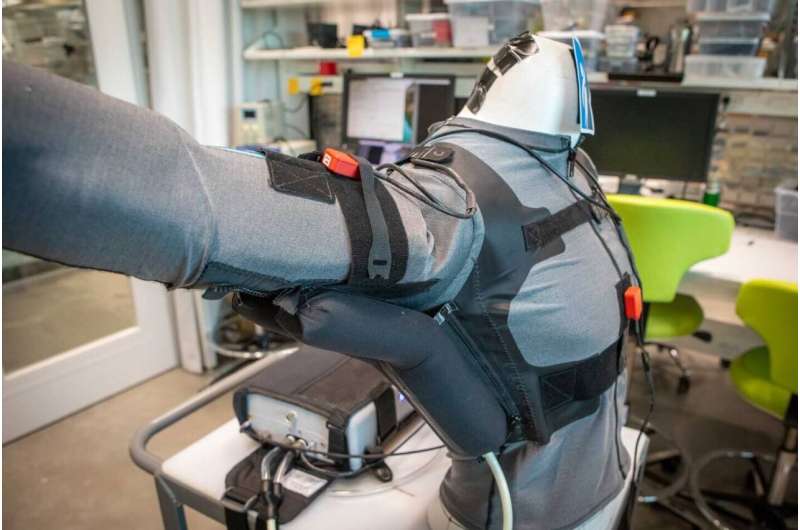People like Nycz who live with a neurodegenerative disease like ALS or who have had a stroke often suffer from impaired movement of the shoulder, arm or hands, preventing them from daily tasks like tooth-brushing, hair-combing or eating.
For the last several years, Harvard bioengineers have been developing a soft, wearable robot that not only provides movement assistance for such individuals but could even augment therapies to help them regain mobility.
But no two people move exactly the same way. Physical motions are highly individualized, especially for the mobility-impaired, making it difficult to design a device that works for many different people.

